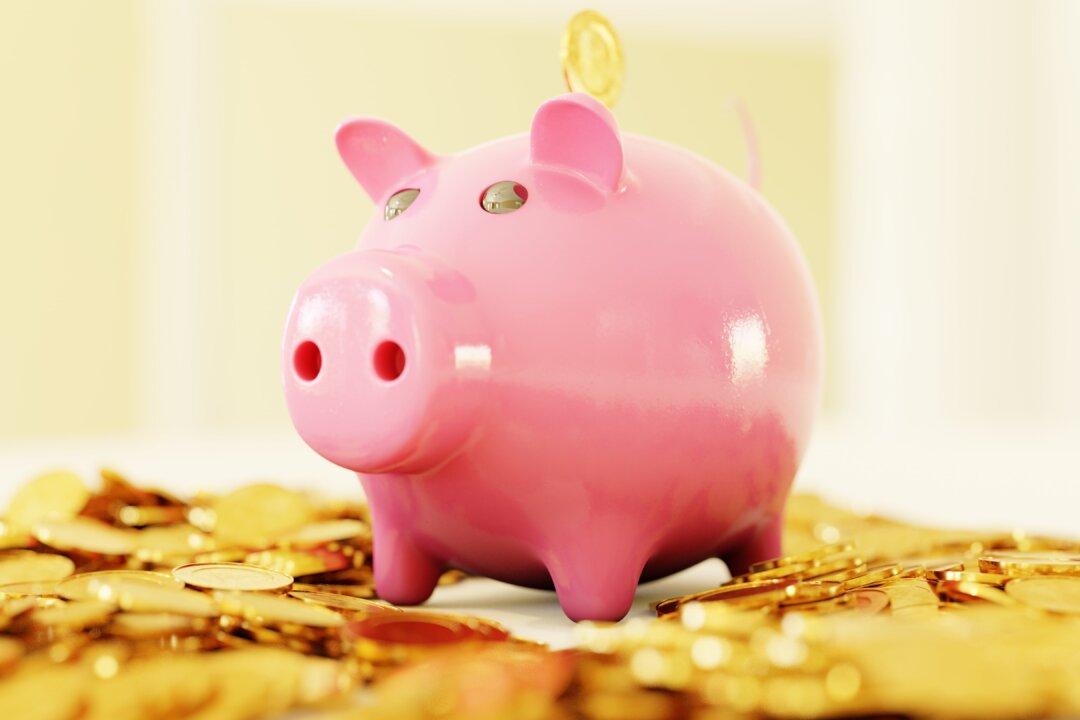In order to save for any goal—short, medium, or long-term—you’re going to need data. You need to know how much money you have coming in, and how much money you have going out.
You’re also going to need to know where that money’s going.

In order to save for any goal—short, medium, or long-term—you’re going to need data. You need to know how much money you have coming in, and how much money you have going out.